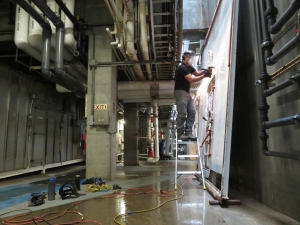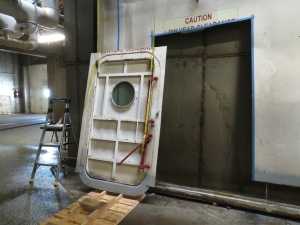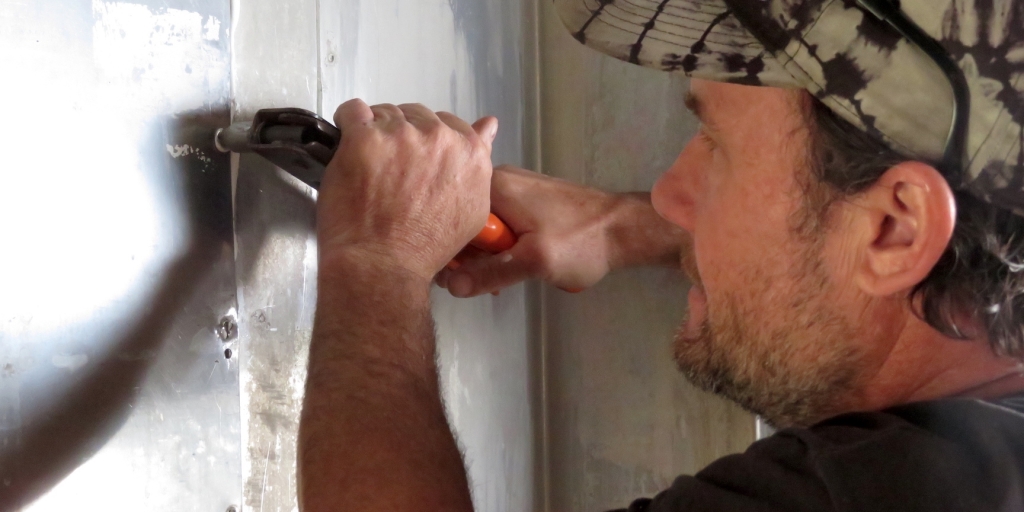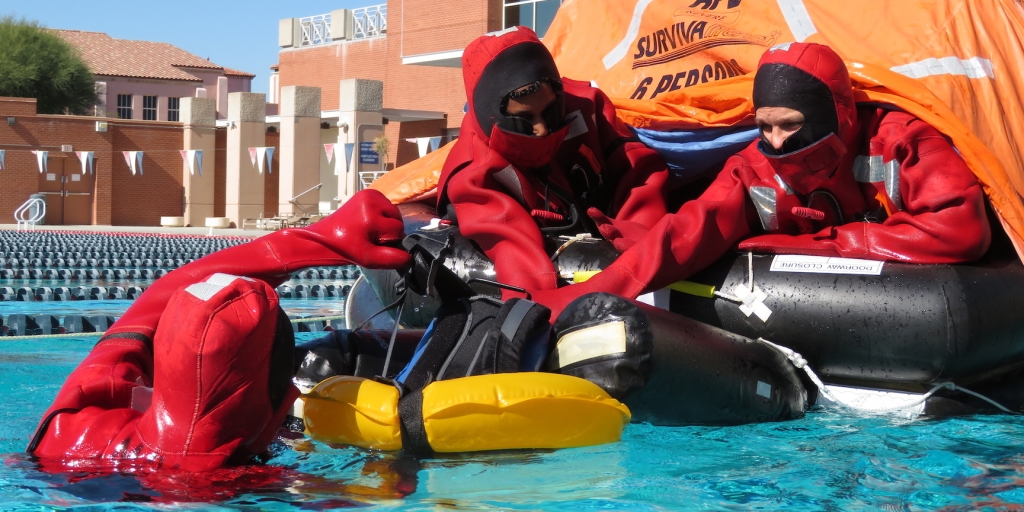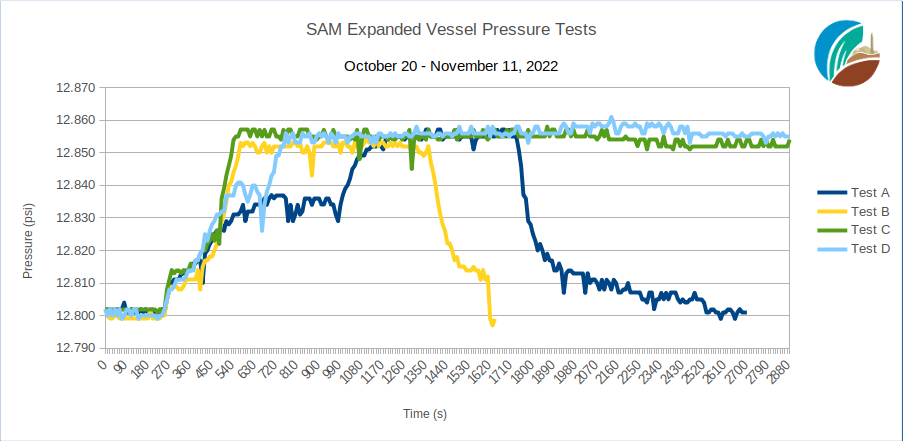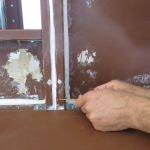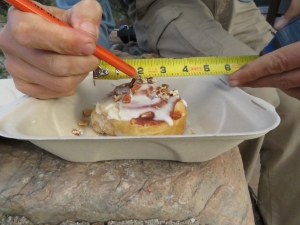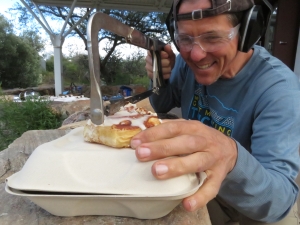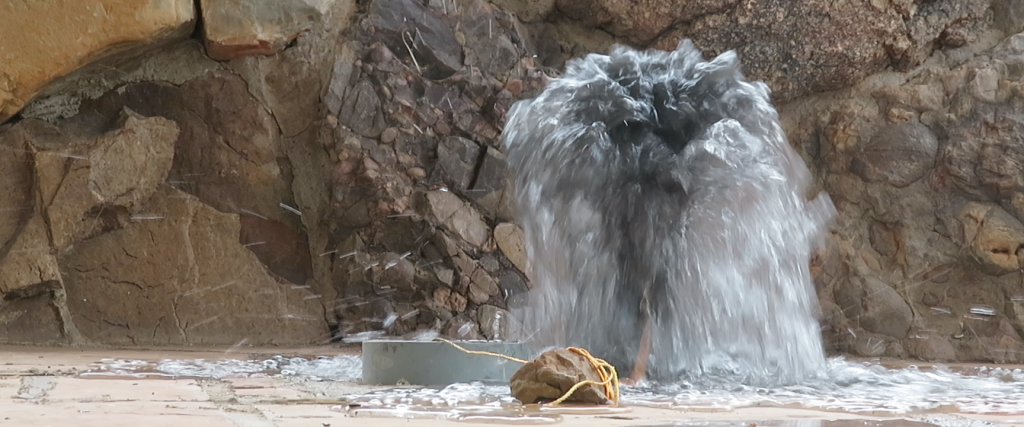The third pressure door
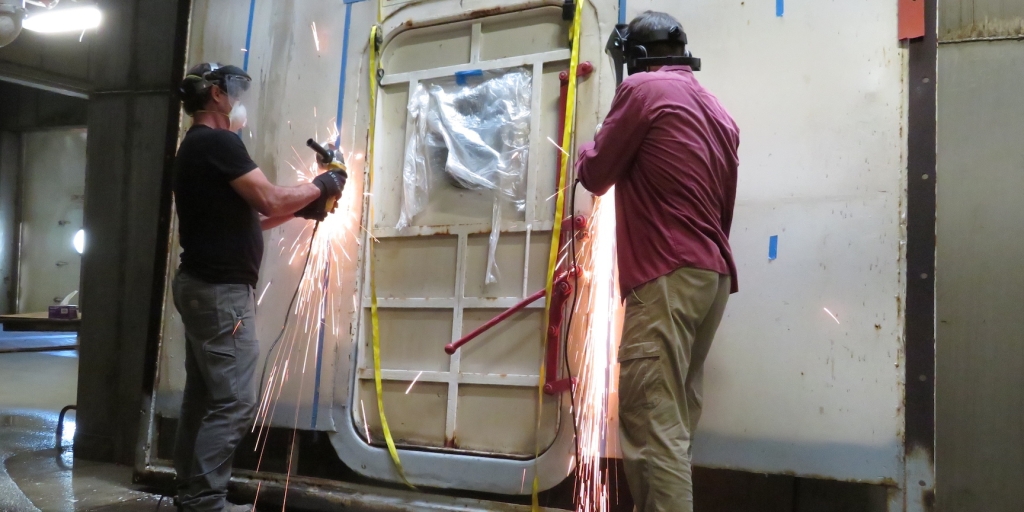
The south end of the 40′ shipping container, soon to be completed as the crew quarters at SAM, will include an emergency exit for visiting crew. We are proud to have been gifted yet another pressure door assembly from the original Biosphere 2. Kai and SAM team member Nathan cut and with the help of Tim move the mass from the ‘technosphere’ to SAM. Nathan spent the better part of a day preparing the door frame for welding. On Tuesday, December 13 it will be attached to the new steel stud wall, and soon thereafter put into function for the first time in some twenty years.


